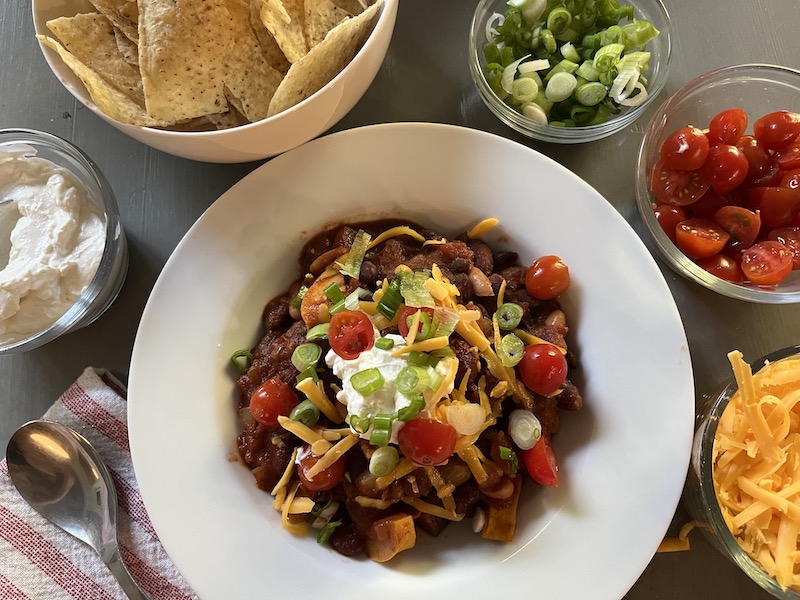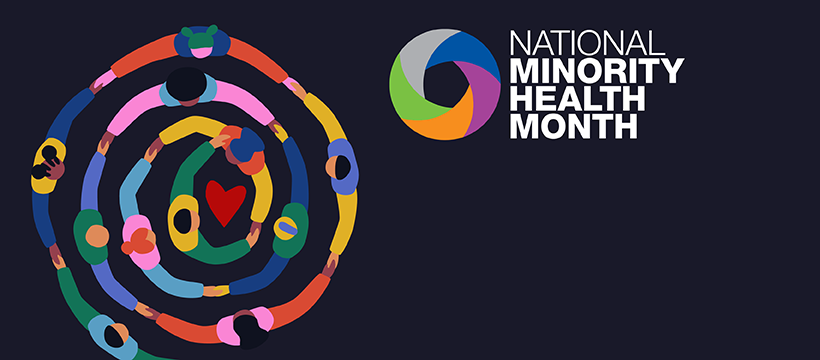Coppell Trainer Tip – Resistance Training benefits over just cardio
This week’s tip is from Dr. Todd Miller. He explains the basics on how adding resistance (strength or weight training) into your workouts can benefit your results and how you look.
Todd Miller, PhD, CSCS,*D, FNSCA
Dr. Todd Miller is an Associate Professor of Exercise Science at the George Washington University School of Public Health and Health Services in Washington DC, where he is responsible for the development and oversight of the Master’s degree concentration in strength and conditioning. He has degrees in Exercise Physiology from Penn State and Texas A&M, and currently studies the role of interactive video gaming as a means of increasing physical activity in children.
Click here to see Dr. Todd Miller’s Advocare information
Coppell Trainer Tip – Resistance Training benefits over just cardio
What’s the best way to burn calories? Do I burn more calories doing cardio or resistance training? How many calories do I burn in a Get You In Shape workout? Why are the Get You In Shape workouts designed the way they are?
These are all great questions and also important to know when it comes to getting the health and fitness results you are looking for. To make things simple, it’s important you understand the basics. It’s also important for you to know why we have designed the Get You In Shape program and why we design our workouts the way we do.
The exact number of calories burned during resistance training (strength training) and cardio workouts depends on intensity, time, your age, weight and your body composition. This is why getting in shape is a process of trial and error. Learning about your body, what works and what doesn’t takes some time and effort to along the way.
Get You In Shape has built our program around providing you with the professional workouts to help you with your results. The Get You In Shape workouts are designed to constantly change in order for the benefits (RESULTS) to take place. We do this through intensity, time, equipment, weight, exercises and frequency (these are a few). These are all factors and how many calories your body burns for each particular workout (and after).
Let’s start with the basics: We are going to assume that you are wanting to know how many calories your body is burning so that you can get (or stay) toned and lose body fat. It takes 3,500 calories to equal one pound of fat. That means that your body will need to burn an extra 3,500 calories per week to lose one pound. Get You In Shape recommends exercising in order for your body to burn more calories each day AND changing your nutrition program so that you are keeping your daily caloric intake where it needs to be in order for your body to lose body fat. If you burn 500 calories more per day through exercise and changing your nutrition each day of the week, you can reach that goal of one pound a week lost.
What is Resistance Training? or What is strength training?
Resistance training (strength training) are exercises that recruit the largest number of muscles (squats, lunges, kettlebell swings, squat thrusts, burpees, inverted rows, pull ups, and push ups). Do any of these exercises sound familiar?
What is Cardio? Anything that raises the heart. Cardio exercises are done for longer stretches of time, making the heart beat faster and pumping more blood through your system, the blood carrying nutrients and oxygen to every cell. Any activity that gets your heart rate to about 50 – 75% of the maximum can be classified as cardio.
Benefits of doing Resistance Training (strength training) and Cardio:
We all know the actual health benefits of exercise so for the sake of this Trainer Tip, we will focus on the benefits of calorie burn for resistance (strength) training and cardio.
Benefits of Resistance Training (strength training) – Performing resistance training (strength training) raises your muscle metabolism during the exercise session and continues for a long time afterward, even days following high-intensity workouts. Adding more lean muscle mass to your body also allows you to drop dress sizes (or pant sizes) WITHOUT actually losing that much weight. This is why you have heard the phrase “muscle weighs more than FAT.”
Adam Campbell, author of “The Women’s Health Big Book of Exercises,” reports on research showing that between the ages of 30 and 50, you’re likely to lose 10 percent of the total muscle on your body, which can double to 20 percent by the time you reach 60.
I like to use the example of when your muscles may be sore from a workout. This soreness is from the muscle (s) your worked hard in a workout being broken down. The body has to work hard over the next few days (ei burn a lot of calories) to repair that muscle.
This is one reason why it’s key to perform the exercises correctly AND make sure your intensity level is high so you get the benefit of your body burning more calories 24-48 after the workout. This is why we focus on explaining the exercises so that you get the most out of each particular exercise. Doing the exercise correctly is also a key to helping to prevent injuries.
Benefits of Cardio – Performing cardio will help optimize fat loss. Plain and simple! If you want to optimize fat loss, adding more cardio will help you get there. It is important to know that we recommend interval based cardio. This has been proven to help your body burn more calories in less time. Who doesn’t want to burn 2 and 3 times the calories?
After looking at the benefits of both resistance training and cardio it would be smart to incorporate both of these into your workouts in order to maximize the benefits (burn the most calories during and after the workout).
How many calories do I burn?
As stated above, the exact number of calories burned during strength training workouts depends on intensity, time, age and your body composition. According to the Harvard Medical School, on average, caloric burn ranges from 90 calories per hour of moderate training by a 125-pound person to up to 266 calories per hour of vigorous effort by a 185-pound person. Circuit training burns even more. Christopher Scott, Ph.D., an exercise physiologist at the University of Southern Maine, began using a modified method to estimate energy expenditure and found that weight training burns up to 71 percent more calories than originally thought. By his calculations, just one circuit of eight exercises taking about eight minutes can expend 159 to 231 calories, or about the same as running at a 6-minute-mile pace.
What’s the best way to burn calories if you want to lose body fat and lose weight?
As you can see above, you do want to incorporate both resistance training (strength) and cardio into your workouts because you will get the best of both worlds. Here are a few different types of workouts.
High Intensity Interval Training – HIIT constantly forces your heart to adjust to changing conditions. You can use HIIT for both resistance exercise and cardio. Your heart learns to operate outside of its norm, and your body learns to adapt to these changes. All of this changing kicks your metabolism into high gear for hours after you finish exercising. This is designed for shorter bouts as your body is going at a higher intensity and should have rest periods to maximize this.
Resistance Training (strength training) – Helps your body burn more calories 24-48 hours after your workout.
Circuit Training – This is a series of exercises repeated with little or no rest. Circuit training burns 30 percent more calories than a typical weight workout and offers more cardio benefits.
Cardio – You can incorporate cardio into your resistance training or add the interval training just with your cardio to get the most calories burned.
How many calories do you burn at a given Get You In Shape workout?
We have now gone a full circle. This depends on intensity, time, your age, weight and your body composition. Get You In Shape varies each workout but always incorporates both resistance training and cardio into the workout. Since the workouts vary, the calories burned varies from workout to workout. It is safe, based on the amount of time we do workout and the programming, that a general number would be 350-500 calories a the Get You In Shape workout. You burn more calories DURING the workout when we have a workout that has more cardio and is circuit based. Other workouts will be more strength based which means you will not burn as many during the workout but you body will continue to burn calories 24-48 hours after your workout. In general, though, we aim to program the workouts so that you get both the benefits of the cardio (higher calorie burn during the workout) and resistance training (your body continues to burn calories 24-48 hours post workout).
Cliff Notes:
1. Include interval training which includes rest periods so you can continue at a high intensity level. This can be implemented with both resistance training and cardio.
2. Make sure you include resistance (strength) training to help with post workout calorie burn (24-48 hours after the workout).
3. Add Cardio in to help optimize fat loss
In general, a typical Get You In Shape workout would be 350-500 calories burned given all the factors.



